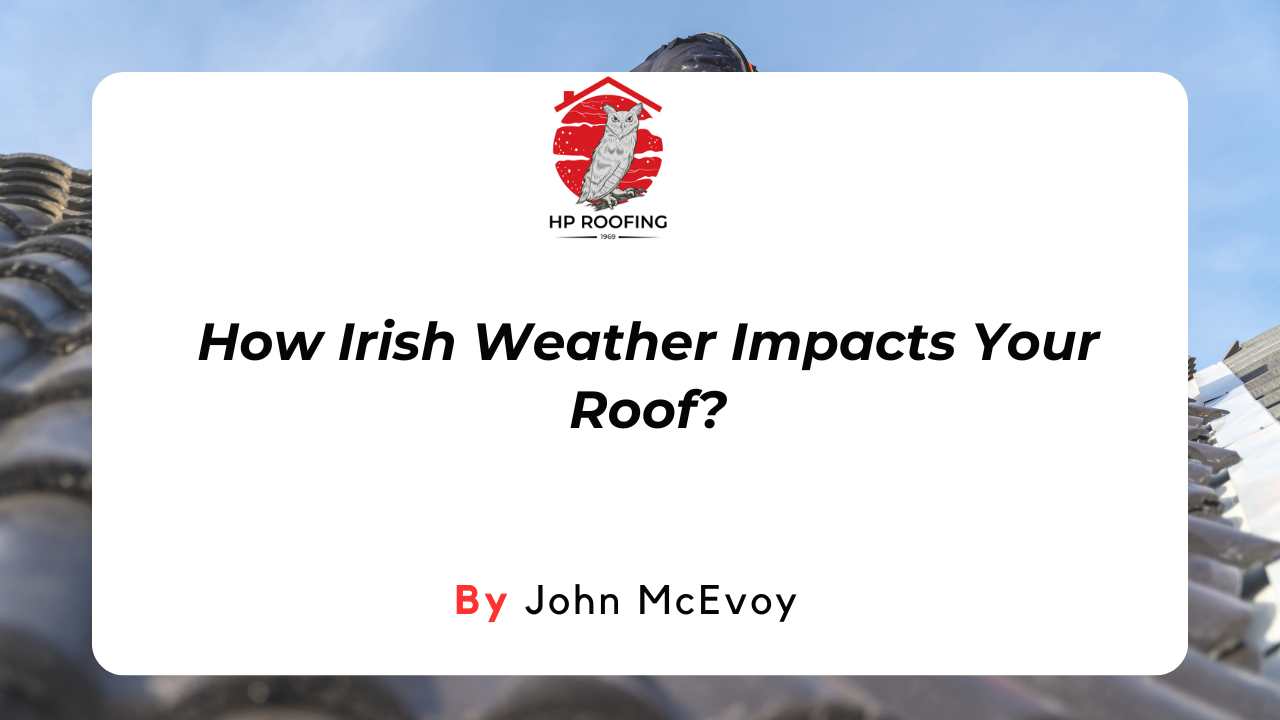Have you ever heard the sound of water dripping when it starts to rain? Or maybe you noticed some ugly water spots on your ceiling.
There are a lot of people who have found clear signs of roof damage. We have compiled a list of doable steps that show how to repair damaged roofs after extensive research and some hands-on experience.
Rather than letting it build up, why not just let it go? Address the problem immediately to avoid costly repairs in the future. So read this insightful article right now to get rid of this problem!
Signs That Your Roof Needs Repairing
If you notice water leaks, damaged or missing shingles, or a sagging and drooping roof, these are clear signs that your roof needs immediate repair.
Water Leaks
Water leaks are a big sign that your roof needs help. You may see wet spots on the ceiling or walls in your home. It's often the first clue to a problem with the roof. We find it's best to act fast, fixing water leaks before they get worse! Sometimes, by just checking for cracks and holes, you can spot and fix small issues early. Being quick about repairs helps keep your home cosy and dry.
Damaged Or Missing Shingles
If you notice that some of your shingles are damaged or missing, it's important to take action quickly. Damaged or missing shingles can lead to water leaks and further roof damage if left unattended.
Start by inspecting your roof for any signs of shingle damage. Look for cracked, curled, or blistered shingles, as well as areas where the shingles are completely gone. If you find any damaged or missing shingles, they will need to be repaired or replaced.
To do this, carefully remove the damaged shingle by prying the tar strips loose and pulling up the nails. Then, install a new shingle in its place using roofing nails and sealant to ensure it is secure and watertight.
Sagging Or Drooping Roof
If you notice that your roof is sagging or drooping, it could be a sign of serious damage. This can happen due to various reasons, such as water accumulation, structural issues, or the weight of snow.
It's important to address this problem promptly to prevent further damage and potential collapse. Inspecting the attic for any signs of sagging or bowing should be your first step.
If you notice anything concerning, it's best to consult with a professional roofer who can assess the extent of the damage and recommend appropriate repairs.
5 Steps For Repairing A Damaged Roof
To repair a damaged roof, follow these steps:
1. Assess the damage and identify the source of the leak.
2. Choose the right materials and tools for the repair job.
3. Repair or replace any damaged shingles or flashing.
4. Apply sealant to cracks and holes in the roof.
5. Consider hiring a professional if you have a flat roof that needs repairs.
Assess The Damage And Identify The Source Of The Leak
When your roof is damaged, the first thing you need to do is assess the extent of the damage and find out where the leak is coming from. This will help you determine what repairs are needed and how best to fix them.
Look for signs of water leaks, such as stains on the ceiling or walls, and check for any missing or damaged shingles. It's also important to inspect the flashing around chimneys, vents, and skylights, as these areas are common sources of leaks.
Once you've identified the source of the leak, you can proceed with repairing your damaged roof.
Choose The Right Materials And Tools
To repair a damaged roof, it's important to choose the right materials and tools. Look for high-quality roofing materials like shingles, flashing, and sealant. Make sure they are suitable for your specific type of roof.
Also, gather the necessary tools, such as a hammer, pry bar, utility knife, nails, and a caulking gun.
By using good materials and tools that are designed for roof repairs, you can ensure a more effective and long-lasting fix. This will help prevent further damage and keep your home safe from water leaks or other issues.
Repair Or Replace Damaged Shingles And Flashing
To fix a damaged roof, you'll need to take care of any broken or missing shingles and flashing. Damaged shingles can be removed by pulling up the nails and prying the tar strips loose.
It's important to replace them with new ones to ensure proper protection for your roof. If you notice loose or damaged flashing, it's a sign that your roof needs repair. The flashing helps prevent water from seeping into your home, so replacing it is crucial.
Addressing these issues promptly can prevent further damage and keep your roof in good condition.
Apply Sealant To Cracks And Holes
To fix cracks and holes in your roof, you can use sealant. Sealant helps to prevent water from leaking into your home. First, clean the area around the crack or hole using a brush and water.
Then, apply the sealant directly to the damaged area. Make sure to spread it evenly and cover the entire surface of the crack or hole. This will create a watertight seal and protect your roof from further damage.
Remember, regular roof maintenance is important to catch these issues early on and prevent larger problems down the line.
Consider Hiring A Professional For Flat Roof Repairs
If you have a flat roof that needs repairing, it might be a good idea to hire a professional. They have the experience and skills to fix any issues correctly. Flat roofs can be tricky to work on, so it's important to get the job done right.
Plus, professionals have the necessary tools and materials to ensure a long-lasting repair.
Don't take any chances with your flat roof; let the experts at HP Roofing handle it for you. Reach out to HP Roofing now and secure peace of mind for your roofing needs.
Final Verdict!
Repairing a damaged roof is important for the safety and integrity of your home. However, by identifying signs of damage and taking appropriate steps to fix them, you can prevent further issues like water leaks and structural problems.
Whether you choose to repair the roof yourself or hire a professional, it's essential to address any damage promptly to keep your home protected. So, remember, regular maintenance and inspections are key to ensuring the longevity of your roof.
















